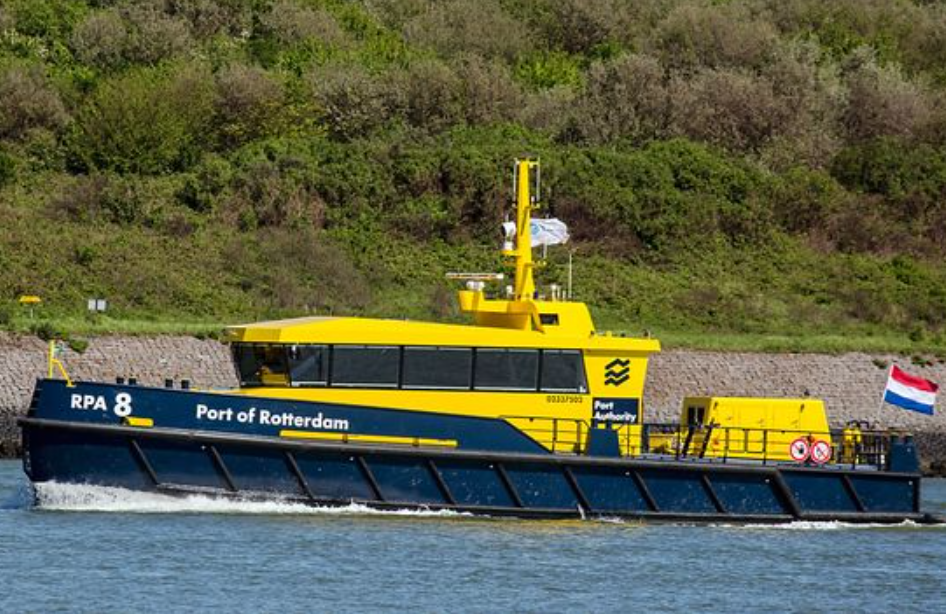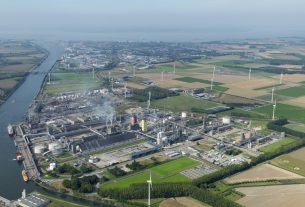The Netherlands – The Port of Rotterdam Authority plans to reduce its own carbon emissions more quickly.
The (patrol) vessels emit the majority of the CO2 emitted by the Port Authority today. CO2 is also released from the use of automobiles and buildings. It affects a total of 4,000 tonnes per year. Carbon emissions at the Port Authority should be 75% lower in 2025 and 90% lower in 2030 than they were in 2019. The Port Authority wants its operations to be completely emission-free in the future.
The Port Authority used so-called science-based targeting to calculate the amount of emission reduction required to keep global warming below the 1.5-degree Celsius limit last year. Science-based targeting is a method of converting the Paris Climate Agreement into specific targets for each company. By 2030, the Port Authority should have reduced emissions by at least 46.2 percent using this method (in comparison with 2019). However, because this appears to be technically feasible, the Port Authority chooses to reduce its own emissions by 90% by 2030. To that end, the Port Authority will ensure that all of its vessels switch completely to biofuel in the near future, with the goal of all new vessels being emission-free by 2025.
In addition, the Port Authority wants to reduce carbon emissions in other areas. As a result of flying less and participating in a biokerosene program, the company expects to reduce emissions caused by its employees’ air travel by 70% in 2025 and 80% in 2030. For assignments awarded to Port Authority contractors, reduction objectives have also been set. In this case, using fuels will result in a 45 percent reduction by 2030, while using materials will result in a 20 percent reduction. For example, massive amounts of steel are used in the construction of quay walls. Because its production entails high carbon emissions, 20 percent by 2030 appears to be the maximum achievable level.
The recent climate studies of the Intergovernmental Panel on Climate Change, the European Commission’s ‘Fit for 55’ plans, and the Glasgow Climate Summit, where the target of a maximum temperature increase of 1.5 degrees Celsius was confirmed, are all reasons for tightening the climate targets.
Shipping
The Port Authority also makes every effort to reduce emissions in shipping and industry, despite the fact that it has no direct influence. This approach is based on two studies conducted by the German Wuppertal Institute in 2017 and 2018 on industrial and shipping emissions, as well as the transition paths for both sectors.
In 2030, emissions from shipping in the port management area (which extends up to 60 kilometers off the coast) should be reduced by 20%. Efficiencies are being improved (by optimizing logistics processes), shore power is being implemented (so that berthed ships can turn off their generators and plug in), and clean fuels (such as LNG, biofuels, and methanol) are being bunkered by shipping.
Projects such as capturing CO2 and storing it beneath the North Sea bed (Porthos), the construction of hydrogen and residual heat pipes, and attracting innovative developments such as the production of green hydrogen and biofuels should all help to achieve this. All of these projects add up to a total reduction of 23 million tonnes of CO2 in the port and the surrounding area (by the use of biofuels produced there, for example). This represents 35% of the Dutch carbon reduction target for 2030.




